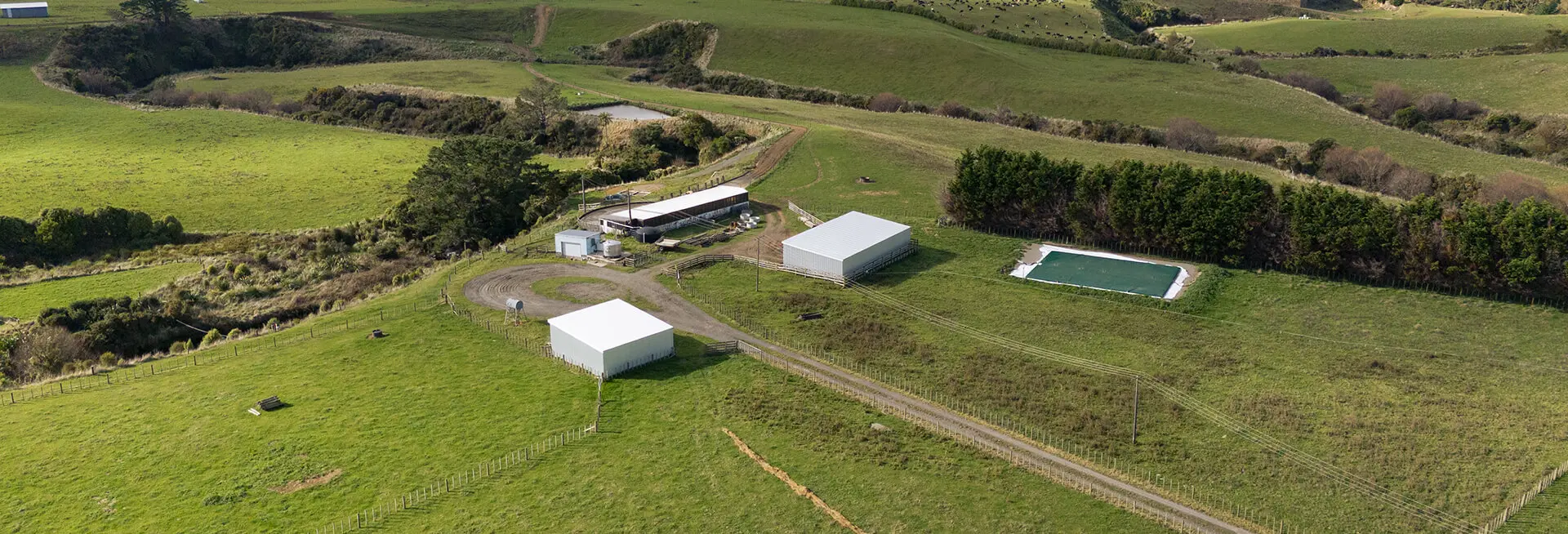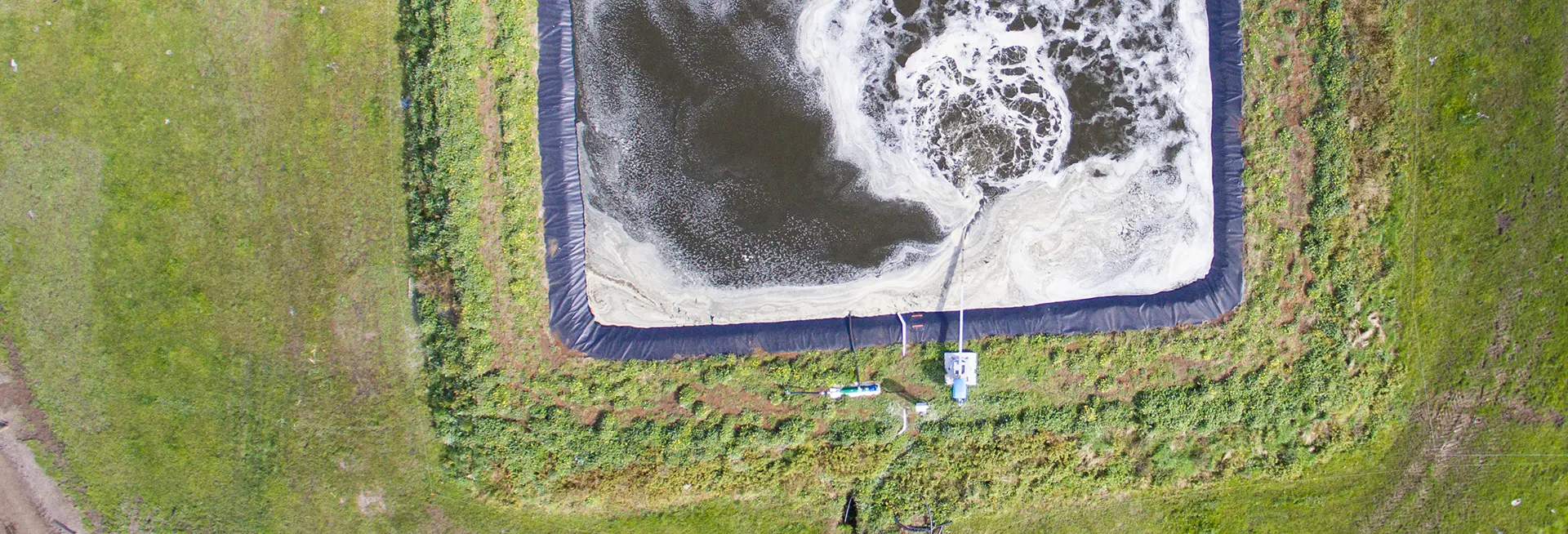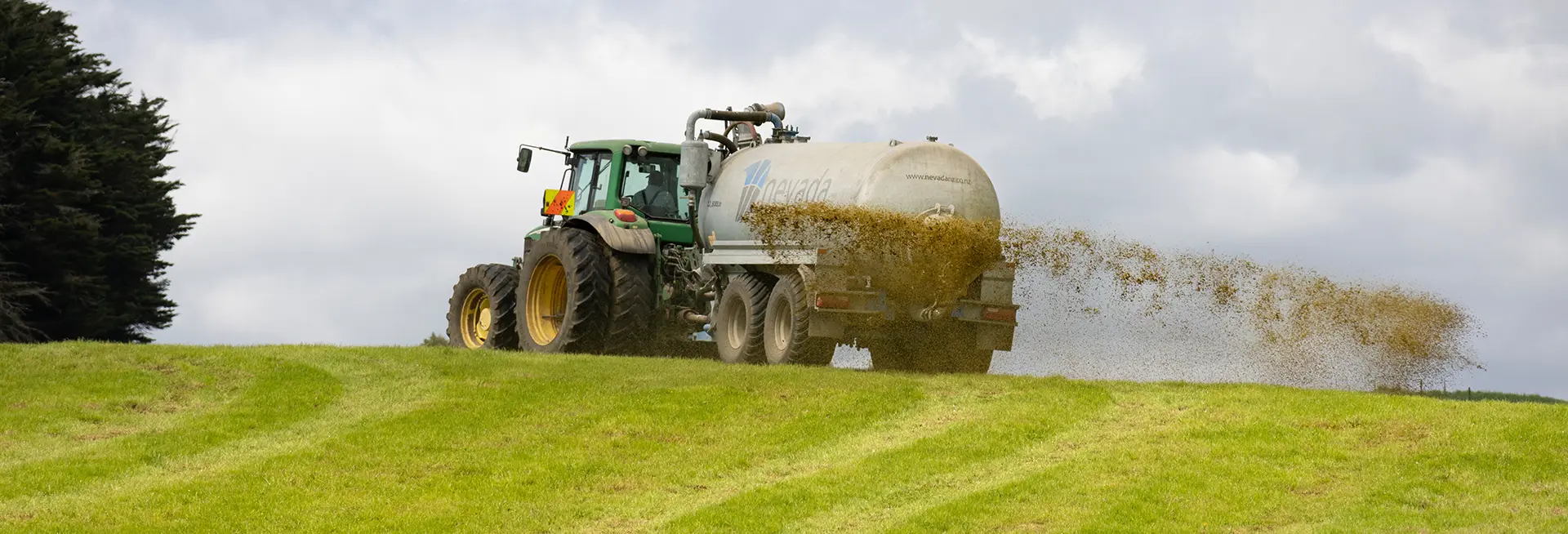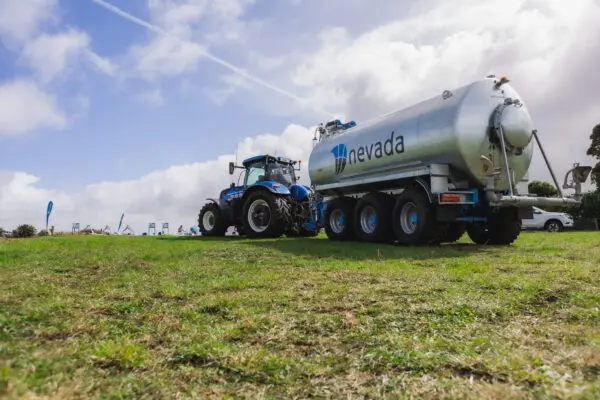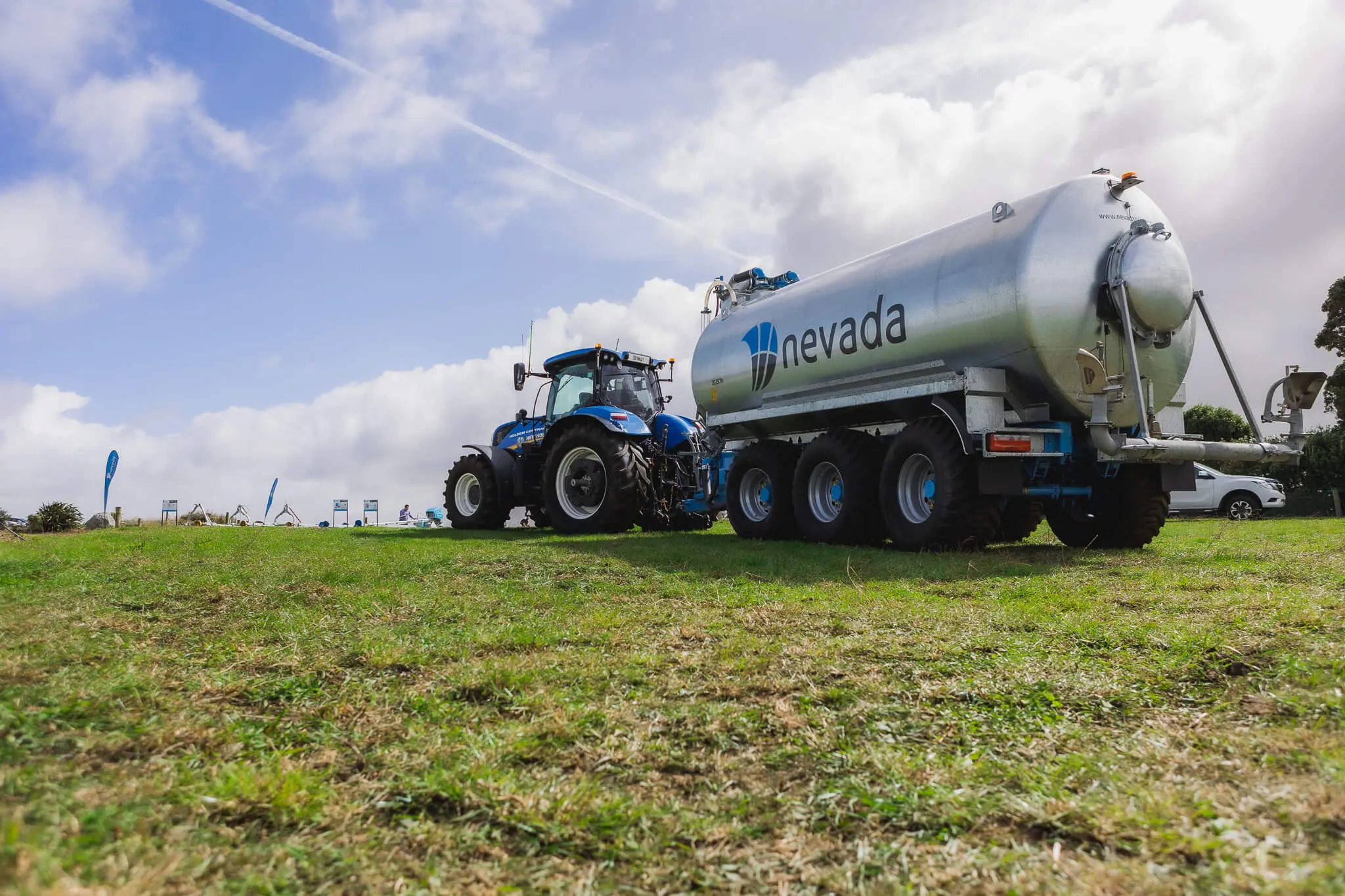As dairy farming intensifies across the world, the pressure to sustain ever-increasing herd sizes impacts farmers. With supplemental feed prices also on the rise, it’s worth your while to try to get as much out of your pasture as you can.
Lets take a look at pasture and why regularly applying fertiliser is so important for continuous pasture health….
The recipe for greener grass
In order to grow abundantly and provide the best possible feed for your herd, pasture needs 13 key nutrients from the soil. Most these nutrients are plentiful in most New Zealand soils. For the rest (Nitrogen, Potassium, Phosphorus, Sulphur, and Magnesium), you’ll need to regularly add these back into the soil so your grass can grow and thrive.
As the grass grows, it depletes these nutrients from the soil. Your cows then digest these nutrients, which occur in abundance in the resulting effluent.
The perils of nutrient loading
One of the interesting facts about nutrients is that, while your soil needs to be enriched to grow lush green pasture, too many nutrients will have a negative effect.
If effluent isn’t managed correctly or is spread over too small an area, the soil becomes highly enriched with potassium (K) which competes with the magnesium (Mg) causing nutrient imbalance. As your cattle eat this grass, it can make them sick. Unfortunately animal health is affected before any problems are visible in grass growth, so proper management is crucial.
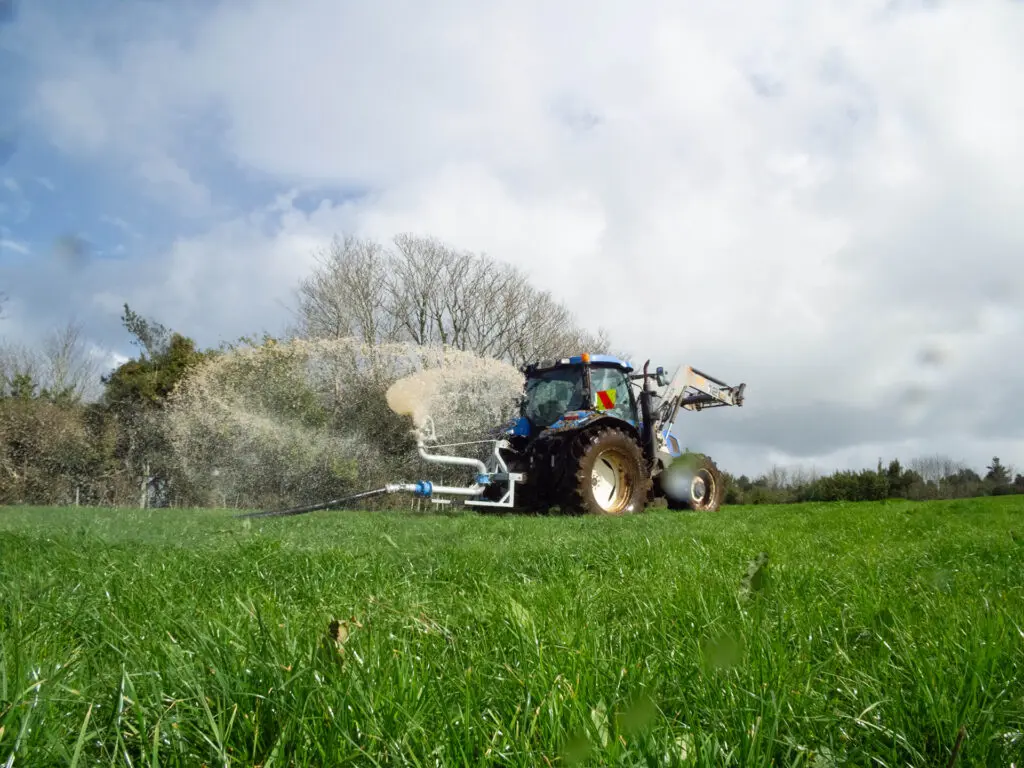
What makes a good fertiliser?
With fertiliser prices rising every year, and environmental and sustainability concerns impacting more and more farmers, looking to dairy effluent as a potential fertiliser makes a lot of sense.
Several studies (collated in a report for the Ministry of Food) have found that dairy effluent has been used to replace nutrients and successfully produce a wide range of forage, arable and pasture crops. The MAF report notes that effluent is particularly effective when applied to crops such as maize where soil nutrients have been vastly depleted by years of successive cropping.
The effectiveness of your effluent as a fertiliser comes down to two key factors – the level of each nutrient available in the effluent, and the way in which the effluent is applied.
- Nutrient composition in effluent is highly variable, and the key nutrients (N.P.K.) aren’t always present in the same ratio. In fact potassium is often twice what it should be compared to the nitrogen content. This makes figuring out the correct amount of effluent to spread difficult, as you need to first know the nutrient spread of your effluent, and then factor in the ideal ratio of nutrients to ensure you’re not overloading on any one type. There are tables and guidelines to help you do this on Dairy NZ and from your local council. However, it’s a good idea to consult the Nevada experts to ensure you’re getting the best possible yield.
- When applying effluent, you need to ensure you’re applying the right amount at the correct depth for each area of your land. Your farm may contain many different land types and different types of soil. Some areas drain better than others. Some areas will have a different microclimate. There are many factors to consider. The best idea is to create an effluent management map of your farm, separating out key areas and working out an ideal management plan for each. We can help you put together this plan.
When designing an effluent storage and management system, seek the advice of the team at Nevada. We’re recognised experts on all aspects of farm dairy effluent, and can help you design a system that will give you the nutrients you need to grow healthy green grass.
